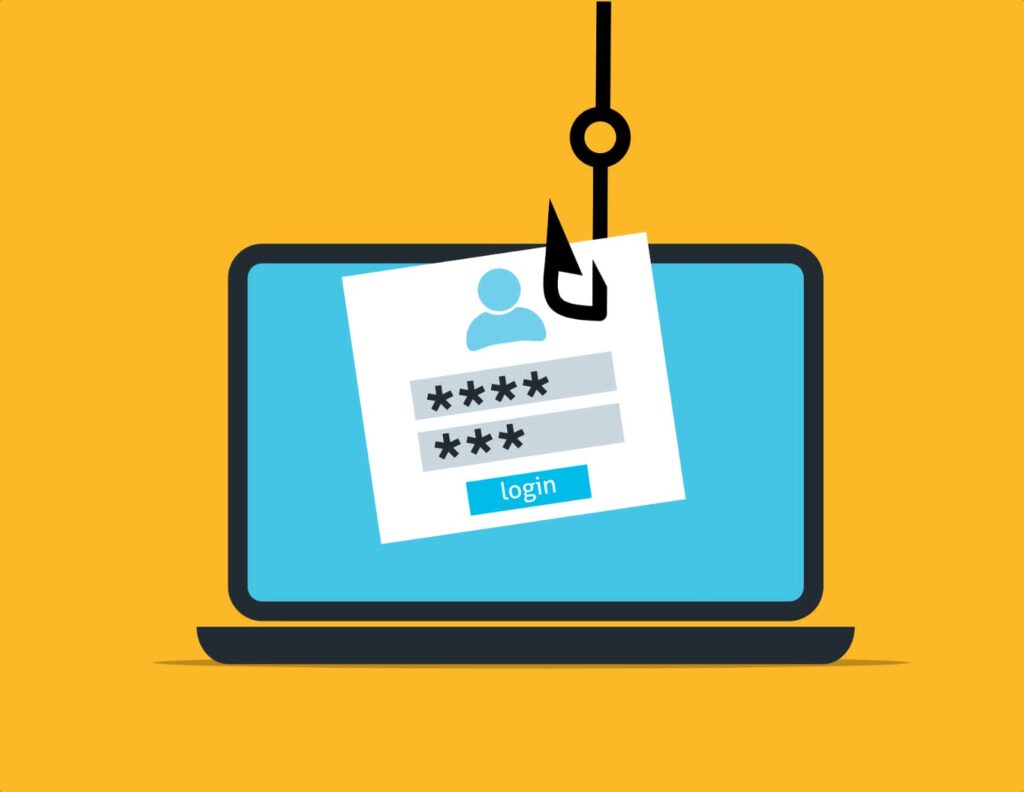In today’s world of connectivity, the security of information is of paramount importance to both organizations and individuals. It is a fact that the digital world always changing, offering both challenges and opportunities. As technology develops and so do the strategies of hackers and criminals. Here, we’ll look at some of the most prevalent security threats to information that people and companies must be aware of to safeguard their digital assets and ensure the security of their data.
Phishing Attacks
Phishing attacks are among the most effective and popular methods used by cybercriminals. They make use of deceitful messages, emails or websites that force users into sharing sensitive information, such as usernames and passwords as well as personal information or financial information. Phishing attacks typically focus on employees and people within companies, which is why it’s important to educate people about the warning signs and avoidance of phishing attacks.
Ransomware
Ransomware is a kind of malware that locks the victim’s information and then demands a ransom to obtain the key to decrypt. In recent years the attacks of ransomware have been more sophisticated and targeted, and affect not just people but also businesses as well as critical infrastructure. To protect themselves from this risk businesses must keep up-to-date backups, implement strong security for their endpoints and train employees on the risks of clicking unsafe links and downloading unidentified files.
Malware
Malware, which is short for malicious software, includes an array of threats that include virus, Trojans or spyware as well as adware. Malware can affect the integrity and security of data, interfere with processes, and even take sensitive data. Effective anti-malware and antivirus solutions as well as regular system updates as well as user training, are vital security measures against malware attacks.

Insider Threats
Insider threats pose security risks that are posed by people within an organization, such as employee’s contractors, vendors, or employees who are able to access sensitive data or systems. They can be malicious (e.g. unhappy employees) or accidental (e.g. employees being targeted by attacks by phishing). The company must establish access controls as well as monitor user activities and develop clearly defined policies and procedures to reduce the threat of insiders.
DDoS Attacks
Distributed DDoS attacks are distributed across the world. of Service (DDoS) attacks are when a network or website is overwhelmed or website with a flood traffic, making it unusable to users. DDoS attacks could disrupt the online service, resulting in damages to reputation and financial loss. Businesses must consider investing in DDoS mitigation tools and put an incident response plan for swiftly addressing such attacks.
Zero-Day Vulnerabilities
Zero-day weaknesses are software flaws that are not known to the software company and, consequently, do not have patches or solutions. Cybercriminals typically utilize these flaws to obtain unauthorised access to the system or launch attacks. Businesses should remain alert, update their software and look into vulnerability assessments and penetration tests to discover and fix these vulnerabilities.
Social Engineering
Social engineering attacks can manipulate people to reveal sensitive information or taking acts that may compromise security. This could involve techniques like pretexting (creating an elaborate scenario to gain access to information) or baiting (enticing victims with a promise of reward) or tailgating (physically getting access through following authorized employees). The process of raising awareness and delivering security education can help individuals as well as organizations protect themselves against cyber-attacks using social engineering.
Supply Chain Attacks
The supply chain attack targets companies via their third-party vendors and suppliers. The attackers infiltrate a trusted partner’s software or systems to breach the security of the target. Companies should review and evaluate the practices for security of vendors, and create guidelines for monitoring and managing third-party partnerships.
Conclusion
In a world that is becoming increasingly digital the importance of securing your information cannot be overemphasized. Cyber-security threats are constantly evolving and staying ahead of the curve requires constant surveillance in education, as well as investments in cybersecurity strategies. Whether you’re an individual who protects personal information or a company that is responsible for safeguarding sensitive data, understanding and reducing these most significant cybersecurity threats to your information is vital to ensure the security, integrity and availability for your data. By taking an approach to cybersecurity that is proactive people and businesses can better safeguard themselves from these constant and ever-changing security threats.




